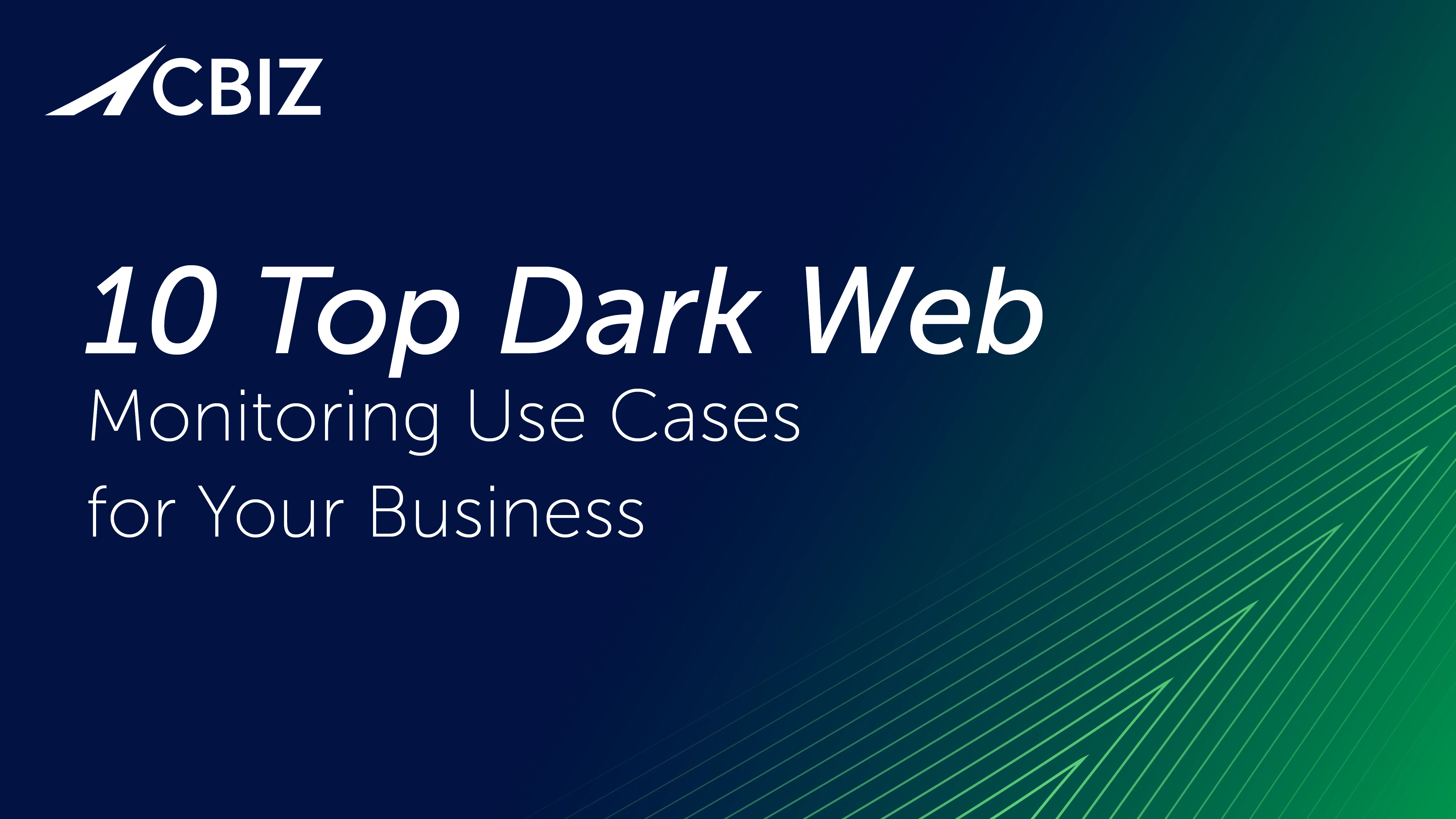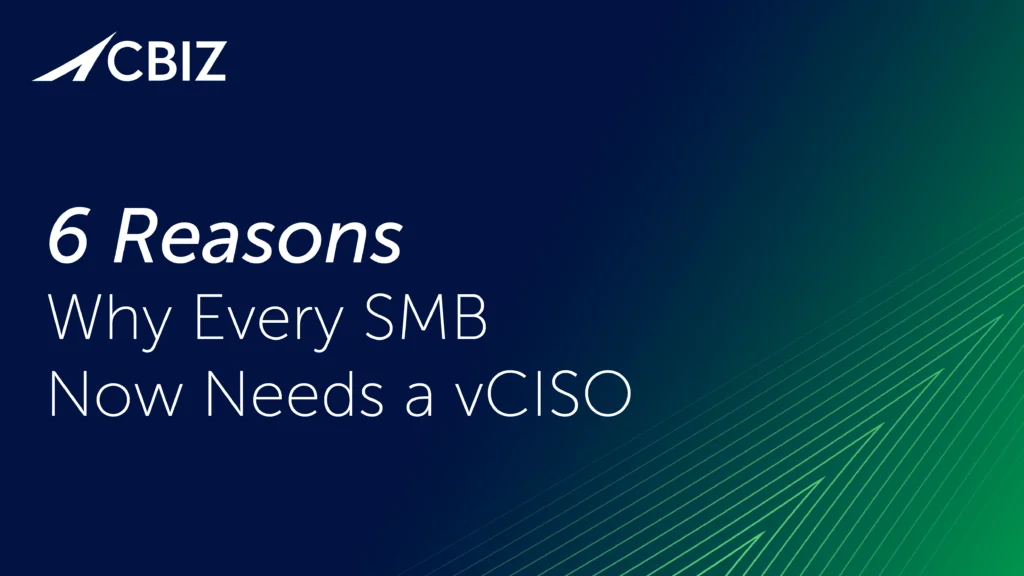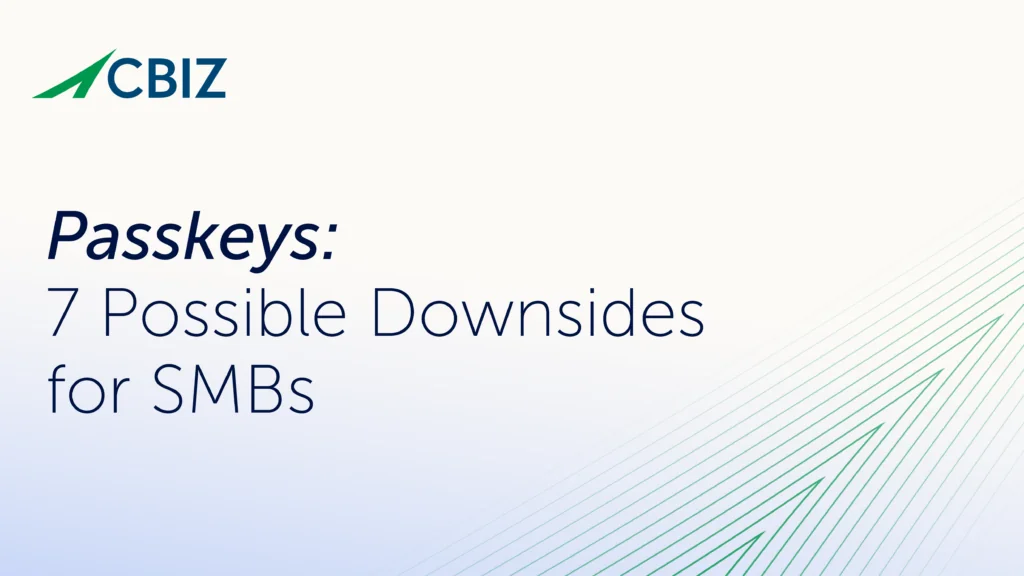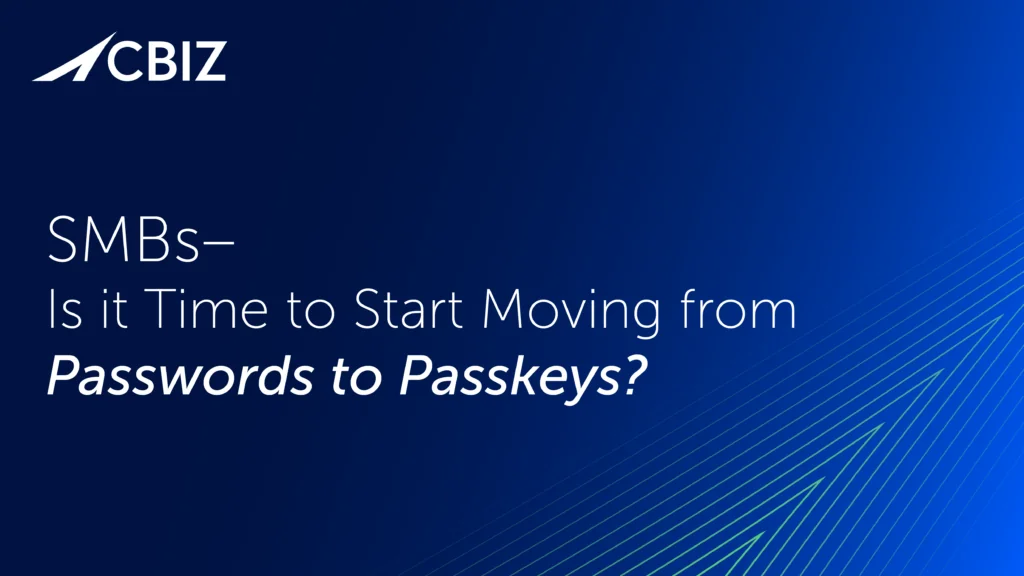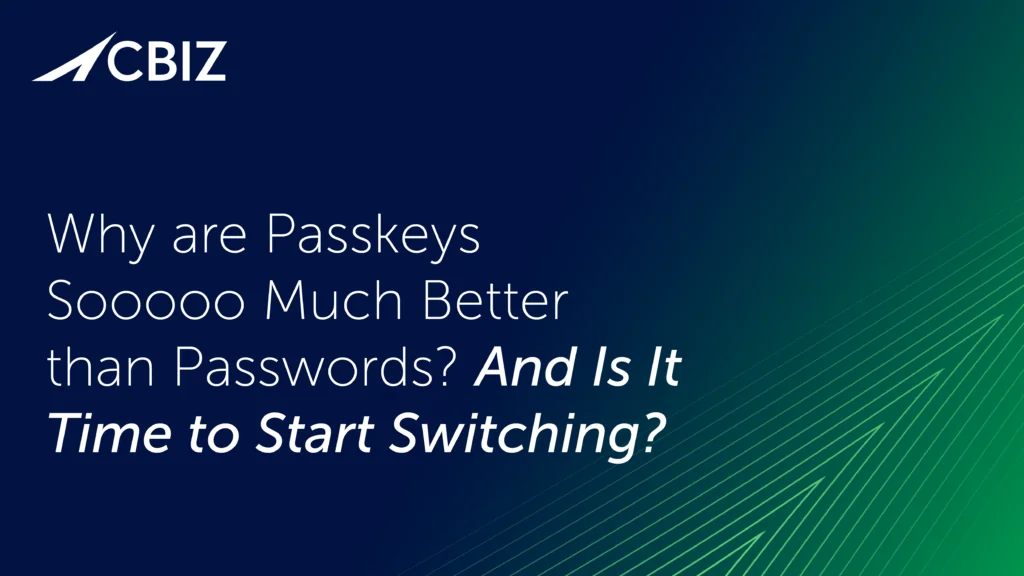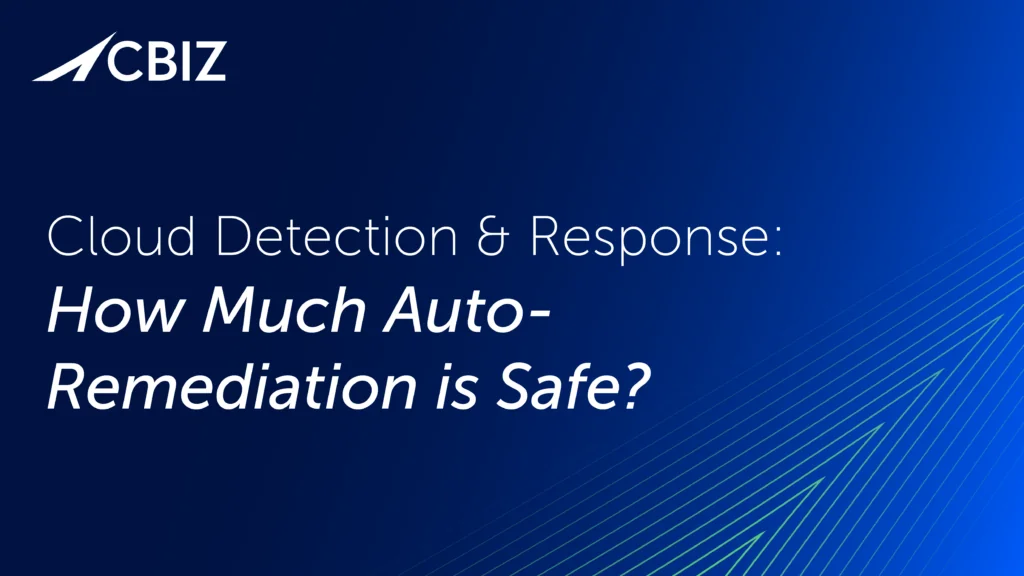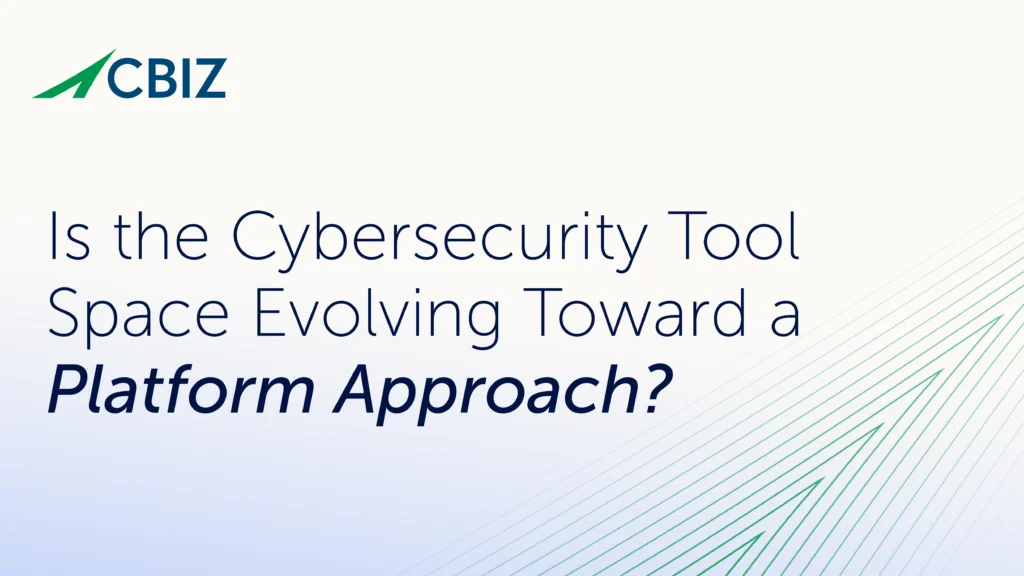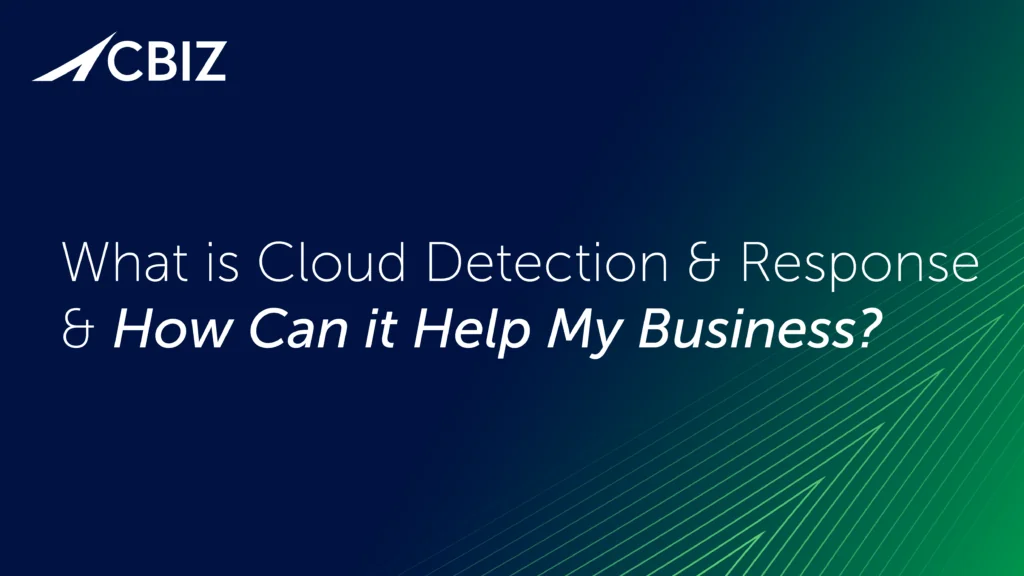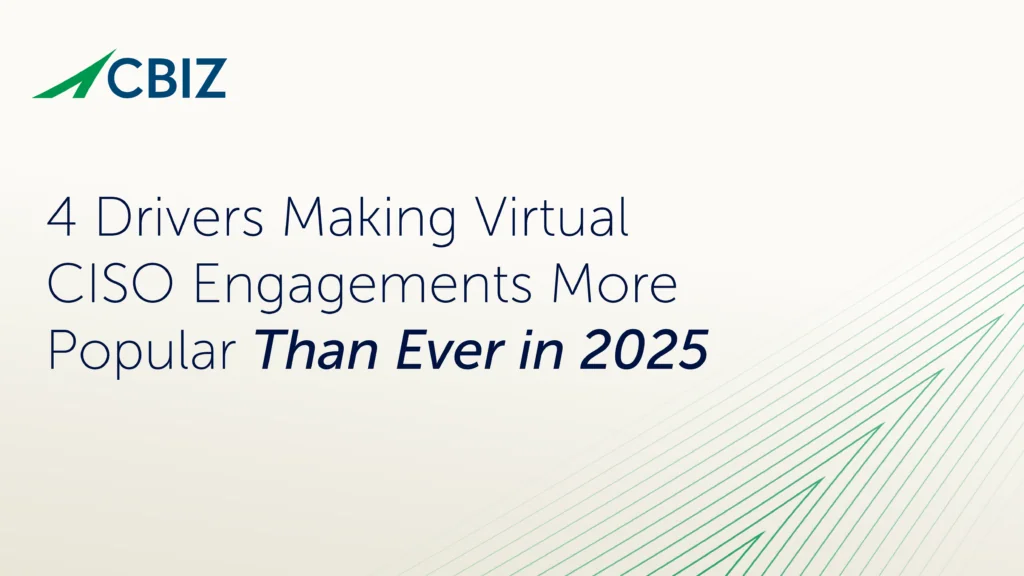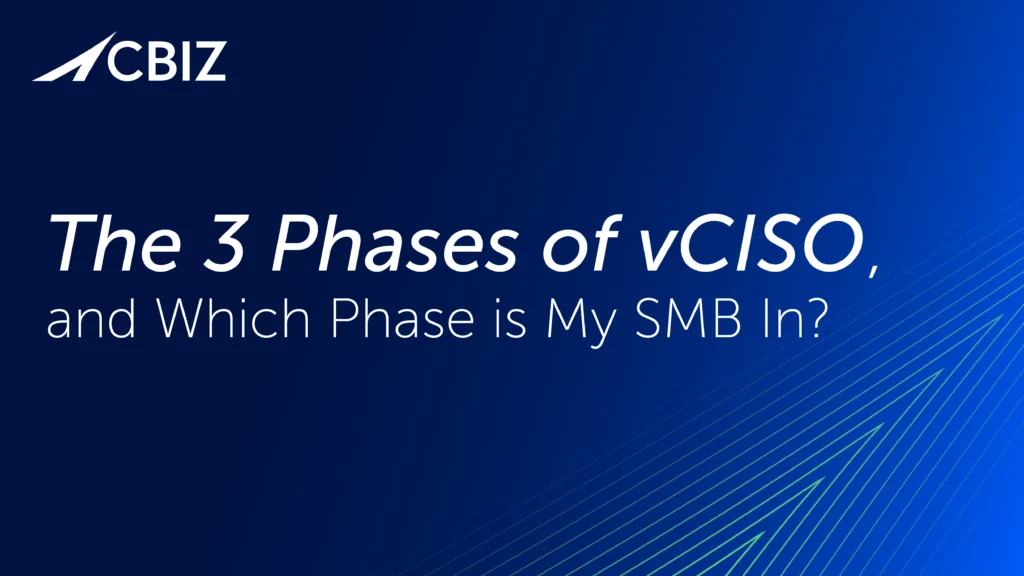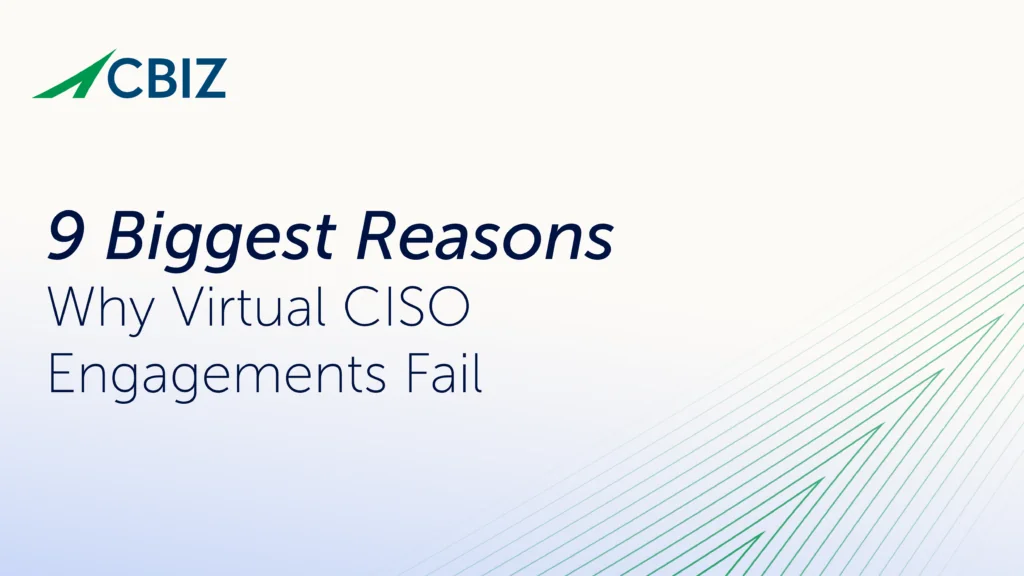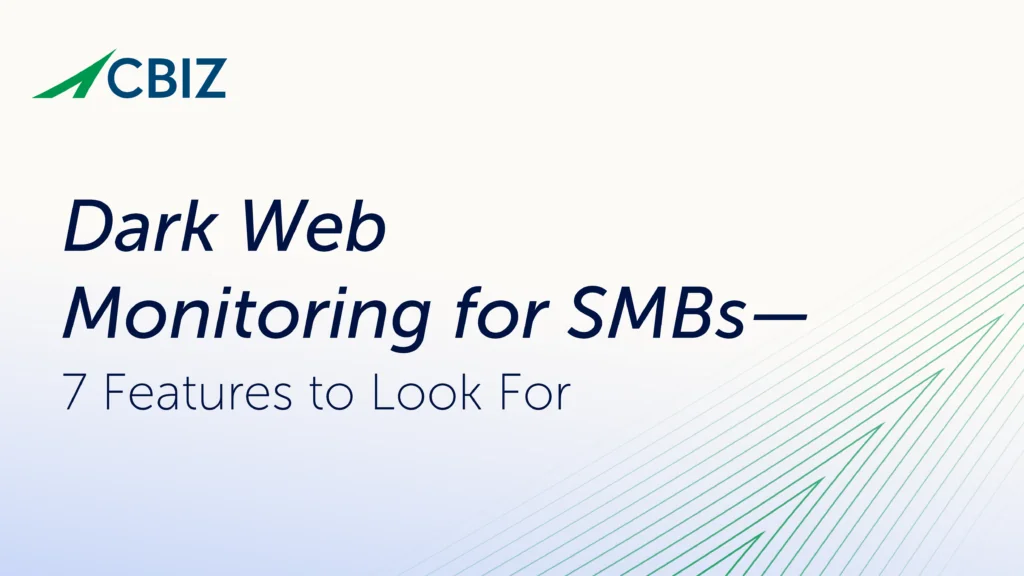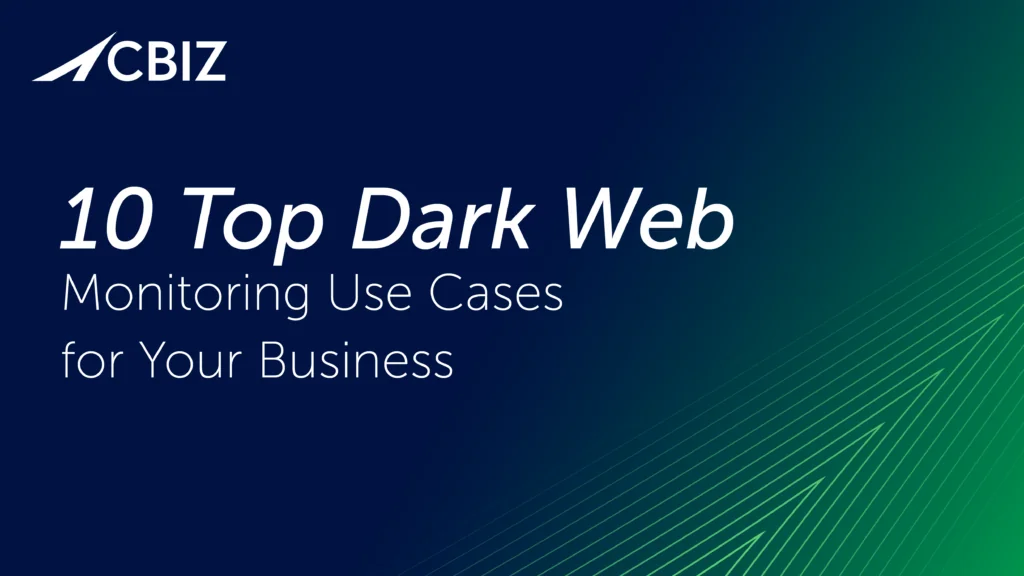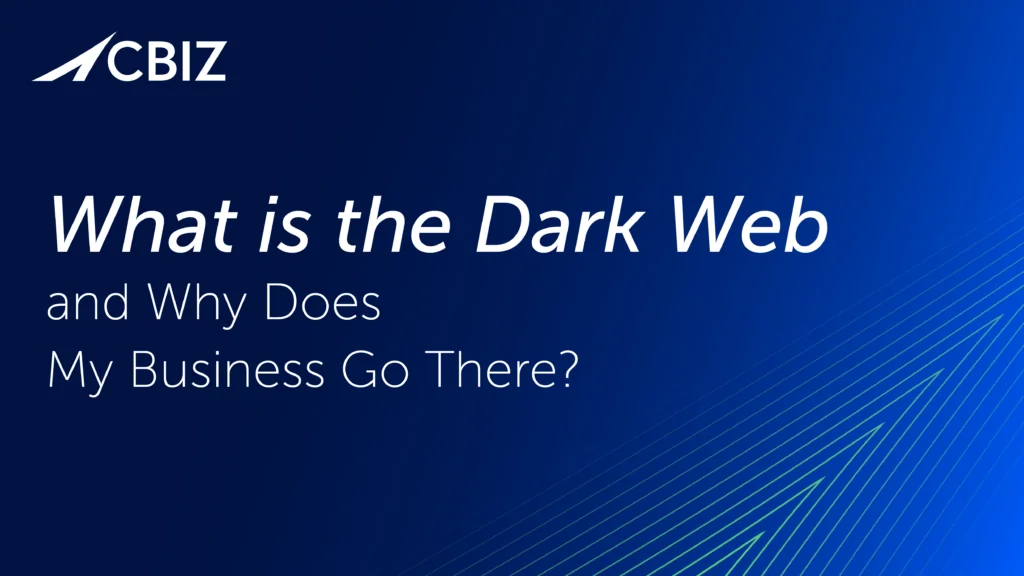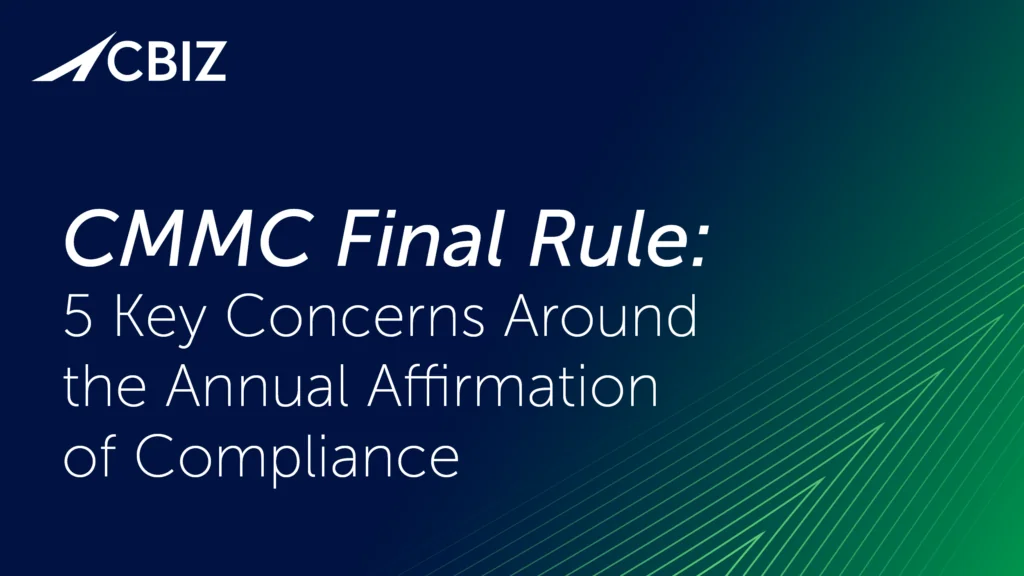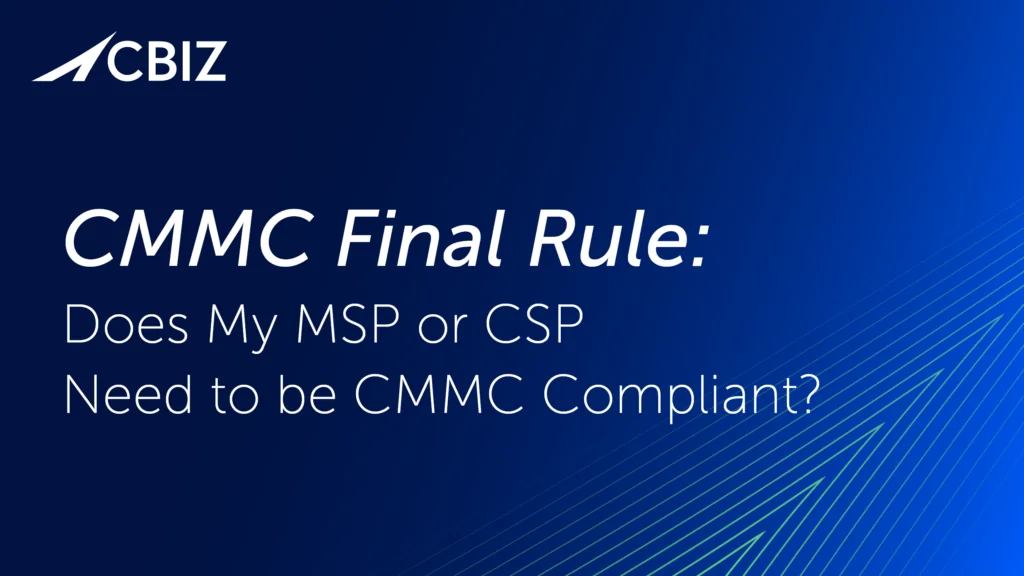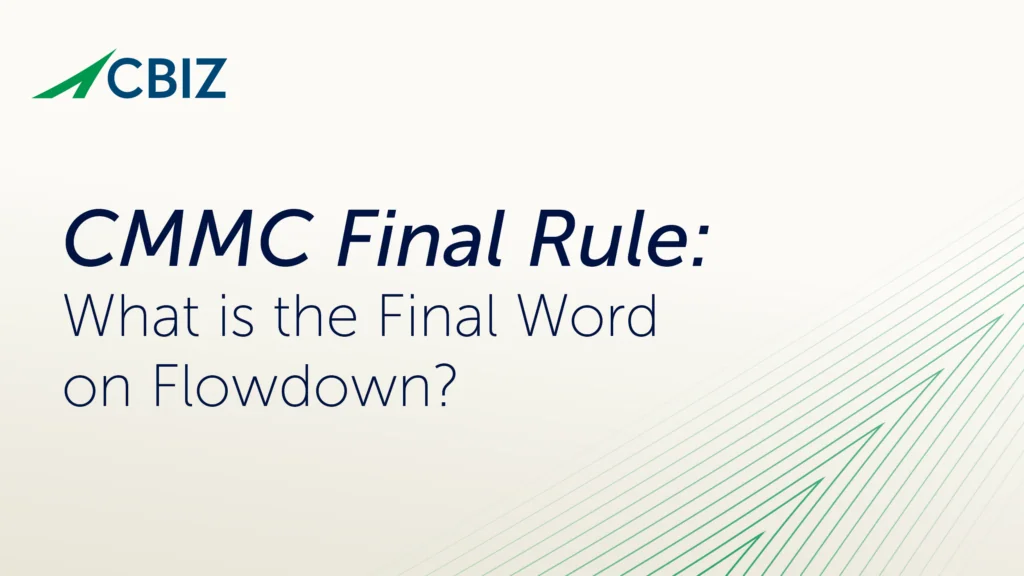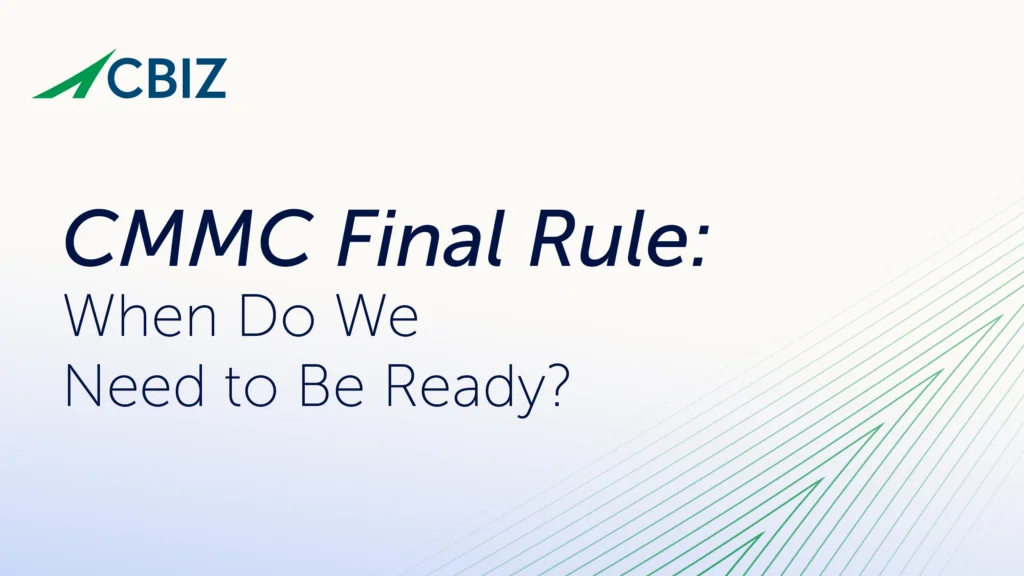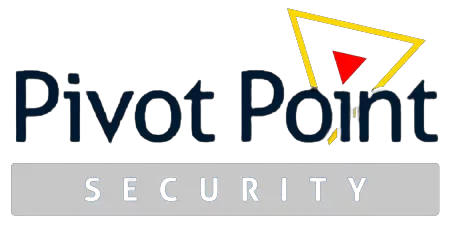10 Top Dark Web Monitoring Use Cases for Your Business
If your business protects sensitive data, chances are your cybersecurity posture will benefit from dark web monitoring for a range of potential use cases. Receiving curated threat intelligence from dark web sources without needing to collect and analyze it yourself is both safer and much more efficient, ensuring you garner the specific insights your business needs without overtaxing staff.
Why consider dark web monitoring? Because time is hyper critical when it comes to mitigating data breaches and other cyber incidents—and the dark web is often the first place where stolen data is leaked or pre-breach indicators of compromise appear. Dark web monitoring can be both preventive and proactive, offering multiple possibilities to block attacks or reduce their impacts.
This article shares 10 top dark web monitoring use cases and how they can reduce cybersecurity risks for your organization.
How does dark web monitoring work?
Dark web monitoring is a multi-faceted process designed to surface new and relevant data, making it easier to decide quickly whether to dig deeper or escalate an alarm.
Some of the capabilities a dark web monitoring solution may offer include:
- Gathering threat intelligence to better understand cybercriminals’ evolving tactics, techniques, and procedures (TTPs) to prepare for potential attacks.
- Continuous monitoring and searching of dark web sites for threats or indicators of compromise, to help reduce the time that a breach goes undetected.
- Automated dark web crawlers that scan for parameters you specify, such as login credentials, IP addresses, relevant keywords, etc. to detect a potential breach.
- Data matching against your organization’s data assets (databases, access credentials, employee personal data) to add another layer of detection and insight.
- Real-time alerts to drive faster action and reduce or eliminate incident impacts.
Like many other cybersecurity products, dark web monitoring tools ubiquitously apply AI and machine learning to search and process dark web data in near real-time without compromising safety. Some solutions may combine AI-driven automation with expert human analysis to derive the most salient results.
Top 10 dark web monitoring use cases
Dark web monitoring usually provides enhanced, tailored threat intelligence, supporting a broad range of use cases for proactive cybersecurity, cyber risk reduction, and competitive advantage. Businesses can refine and aggregate dark web data to help drive complex decisions like rating vendor risk, setting cyber insurance costs, detecting fraud, and supporting law enforcement investigations.
Popular dark web monitoring use cases include:
- Threat intelligence.
The most prevalent use case for dark web monitoring is to surface high-value threat intelligence to enable faster, better informed cybersecurity decision-making to neutralize risks. - Reducing the risk associated with compromised credentials.
The sale of stolen credentials is one of the most common dark web transactions. Identifying and invalidating compromised credentials before cybercriminals use them against you is a potent defense against account takeovers, business email compromise, data exfiltration, credential stuffing attacks, and more. - Managing third-party risk.
By indicating whether a third party may have been breached or compromised, dark web data helps organizations assess and rate cyber risks from vendors, partners, and other third parties. - Informing cyber insurance underwriting.
Dark web threat intelligence helps cyber insurance providers to better understand the true risk associated with cyber liability policies, by revealing the presence of problematic dark web data and associated exposures among applicant organizations. - Improving cyber incident response.
Dark web monitoring helps alert organizations sooner that their data has been compromised, while also revealing insights into the attacker’s tactics, techniques, and procedures (TTPs). This is the ideal background to proactively drive incident response and reduce incident impacts. - Blocking insider threats.
Dark web monitoring can give organizations early warning that their sensitive data has been exposed from an intentional insider attack or unintended error. One of the most devastating classes of data breaches, insider attacks often lead to attempts to sell valuable data assets from privileged sources on dark web marketplaces. Interactions among cybercriminals around IP and other proprietary data can help unmask a malicious insider and empower legal action as well as threat remediation. - Finding and fixing vulnerabilities.
The dark web is full of hackers discussing which vulnerabilities to exploit next—and often selling kits and services to do so. Cybercrime forums are even known to host competitions to find zero-day vulnerabilities in specific applications. Dark web monitoring tools can sift through hacker chatter to help businesses flag emerging attacks and ensure their systems are proactively patched before an attack becomes popular. - Preventing financial fraud.
Dark web monitoring tools let organizations monitor dark web transactions for indications that the credit card numbers, bank identification numbers, cryptocurrency wallets, etc. they are responsible for protecting have been compromised. This helps reduce financial account takeovers and fraudulent account creation. - Investigating cybercrime activity.
Dark web monitoring is one of the main ways that law enforcement agencies research and investigate cybercrime activity. It is also a major way that organizations learn they have been victims of cybercrime. - Protecting critical infrastructure and national security.
Threats to critical infrastructure, defense capability, and national security are at the forefront of US government cybersecurity policy and compliance initiatives. Dark web monitoring underpins our national effort to protect people and critical assets from nation-state attacks and advanced persistent threats (APTs). Dark web data helps critical infrastructure cyber leaders understand and monitor the latest attacks to better prepare for future attacks. This includes the ability to scrape and index underground data to build situational awareness, compile criminal evidence, and protect US national security.
What’s next?
For more guidance on this topic, listen to Episode 146 of The Virtual CISO Podcast with guest Steph Shample, Senior Intelligence Analyst at DarkOwl.





